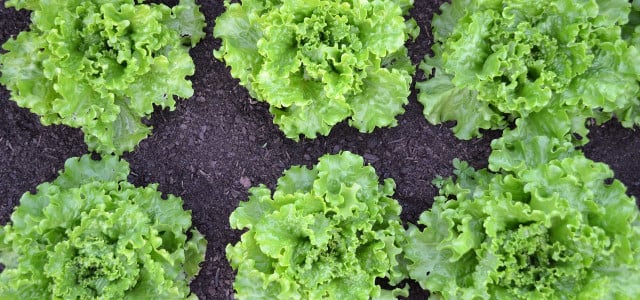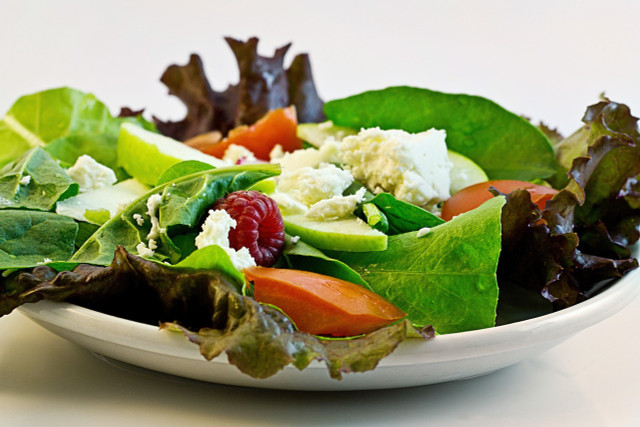
Batavia lettuce, like other lettuce varieties, is easy to grow and care for and can be used in the kitchen, especially as a base for crunchy salads. Here you can find out what you should bear in mind when growing this colorful type of lettuce!
Contents
Batavia lettuce: how to grow it yourself
Batavia lettuce, like all lettuce varieties, is relatively easy to grow. First, you should look for a suitable location. The place should be sunny or semi-shaded, but in any case not completely in the shade.
The soil should be loose, well-drained, moist and slightly loamy. Batavia lettuce is also an uncomplicated plant in terms of neighboring plants: for example, it gets along with many other vegetables, such as carrots, radishes, tomatoes or strawberries. Only parsley and celery are not suitable as “neighbors”.
The best period for sowing is from March to July. The seeds are sown about 0.5 to one centimeter deep in the soil. You can harvest the fresh lettuce leaves between May and October, depending on the variety and sowing time. Sometimes Batavia lettuce grows as early as April or as late as November. However, be careful not to harvest lettuce during or shortly after flowering! In this case, the leaves not only taste bitter, but also contain significantly more nitrate.
In order to be able to harvest Batavia lettuce during the whole season, you can sow it every two to four weeks. Since lettuces are generally very easy to care for, Batavia does not require any additional fertilizers. However, you should make sure to water it regularly.
Batavia lettuce: what to consider when buying and storing it

Batavia lettuce is very similar in consistency and structure to iceberg and head lettuce. It is grown mostly in France, Italy, Switzerland and the Netherlands. The leaves can be yellowish, green or reddish depending on the variety and when it is harvested. The lettuce also varies greatly in flavor, with some varieties tasting more savory and spicy, while others have a milder and sweeter taste.
When buying Batavia lettuce, make sure the inside of the head of lettuce is still firm and crisp and the outer leaves have not yet begun to wilt. In addition, it is recommended to look for organic produce. These have not been treated with pesticides that are harmful to the environment and your health. Prefer regional products if possible: The shorter the transport route, the fresher and richer in vitamins the salad will be.
Ideally, you should store Batavia lettuce at around two to seven degrees Celsius in the vegetable compartment of the refrigerator. It will then keep for about four to five days.
Use and nutritional values of the lettuce variety

Batavia lettuce can be used like lettuce. So it is particularly suitable as a basis for salads. You can get ideas for light salad dressings in this article, for example: Salad dressing recipes: vinegar-oil, yogurt dressing and balsamic dressing. You can use the marinated salad as a main meal or as a side dish. The crunchy salad is also great for a picnic or barbecue. If you still need tips and inspiration for putting together a salad, you might find what you’re looking for in this article: 9 Tips for the Ultimate Salad: Recipes, Dressings, Ingredients.
Due to the special coloring of the lettuce leaves, Batavia lettuce is also popular as a decoration or topping for various dishes or cheese plates.
Like other types of lettuce, Batavia lettuce contains very few calories: 100 grams contain just 21 kilocalories. However, since it consists largely of water, it also contains significantly fewer minerals and vitamins than other vegetables. Only the folic acid content is usually somewhat higher in salads.

